
Tips for Photographing Trees and Forests
As a nature and landscape photographer, trees are often the central focus of my images or at least play a significant role in the composition. They contain many of the components that make up a good photo — line, texture, shape, light, color. They are powerful symbols and illicit strong emotions in us. They change from season to season, and there are endless compositions to be found in any one stand of trees. But, making a decent photograph of a single tree or a forest can be tricky. Here are some tips to get you started.
Gear.
Gear alone does not a good photo make. But having the right tools will give you the best chance to make a good image. Here are the basics you’ll need.
- A sturdy tripod — If you want a sharp image, front to back, you will be shooting with a closed aperture (high number) to maximize depth of field, which means you will have to slow your shutter speed way down. You cannot handhold a camera and keep it still enough to avoid blur.
- A DSLR camera with the ability to shoot in Live View to reduce camera shake.
- A variety of lenses with a range of focal lengths from wide angle to zoom.
- A polarizing filter for cutting glare or to bring out color.
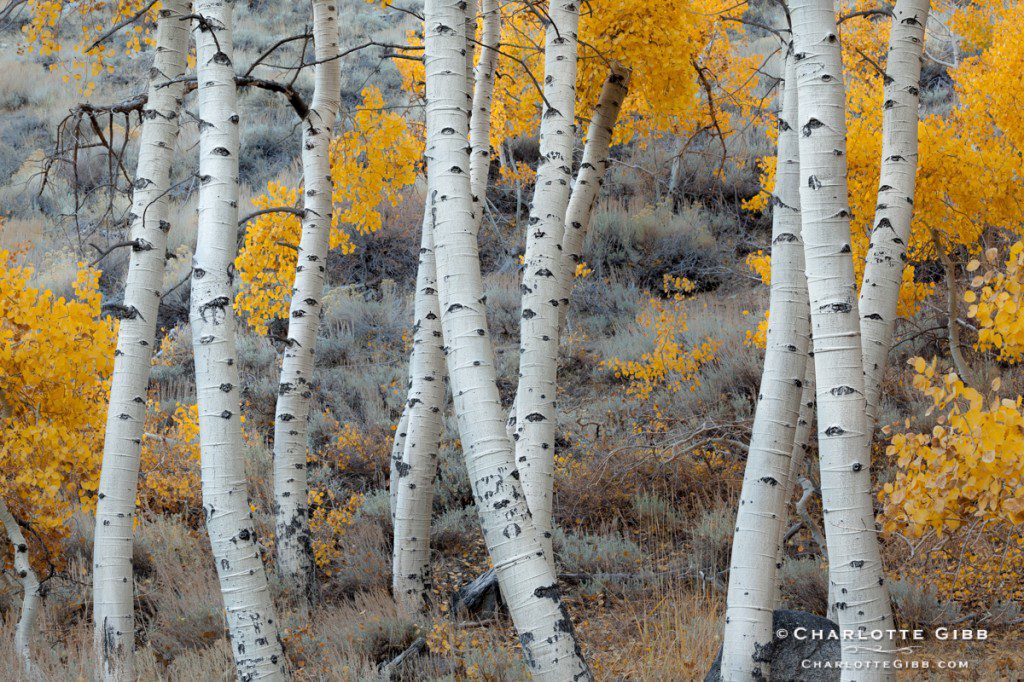
Step Back
Are you photographing a stand of trees? Look for shapes and patterns among the trees. Place yourself a good distance from the stand and look at the way the trunks and branches interact with one another. Position yourself so that each of the elements has some separation from its neighbor. Is there sky peeking through the branches? Those hot spots can be a bright distraction in the composition. Try to crop out any bits of sky from your composition. Or, if it is a bright, sunny day, and the sun is low in the sky, try positioning the sun behind one of the trees for a sunburst effect.
Get closer.
Sometimes you can find an excellent composition right under your nose. Roots, bark, leaves contain excellent shapes and textures, as in this image below.
Juxtaposition.
Juxtaposition can be a powerful visual symbol, like this dead tree that stands out like an old bone against the young cottonwood saplings.
Embrace cloudy days.
Cloudy days create the most lovely light for intimate forest scenes. The diffused light lets details come out that might otherwise get blown out by bright, patchy highlights.
Squint.
Close one eye and squint. No, really. Ok, now look at the shapes, colors and negative spaces through that blurred lens of your eye. In this flattened state, it becomes easier to spot how color and shape are influencing the scene and making it easier to spot your perfect composition.
Finally, relax and enjoy the forest. Don’t forget that you are in a beautiful setting that drew you here in the first place. If the essence of the forest is what you endeavor to communicate through your photography, take a moment to notice what is going on around you. Your photograph will be that much better for it.
charlottegibb
Charlotte Gibb is a contemporary fine art photographer based in the San Francisco Bay Area specializing in landscapes of the Western United States. Her images are often taken in familiar places for the well-versed landscape photographer, but she prides herself on her keen eye toward the subtle and sometimes overlooked beauty of the natural world. Growing up among the beautiful mountains of Northern California, she considers herself a student of life, learning about people, nature, music, and photography along the way. But always, her life-long passion for the wilderness shines through it all. Charlotte earned her Bachelor of Arts degree from the Academy of Art University in San Francisco and has exhibited her work in several solo shows throughout California. Her darkroom, long gone now, has been replaced with digital darkroom tools, and her style has evolved from a somewhat journalistic approach, to one that pays tribute to the natural world.



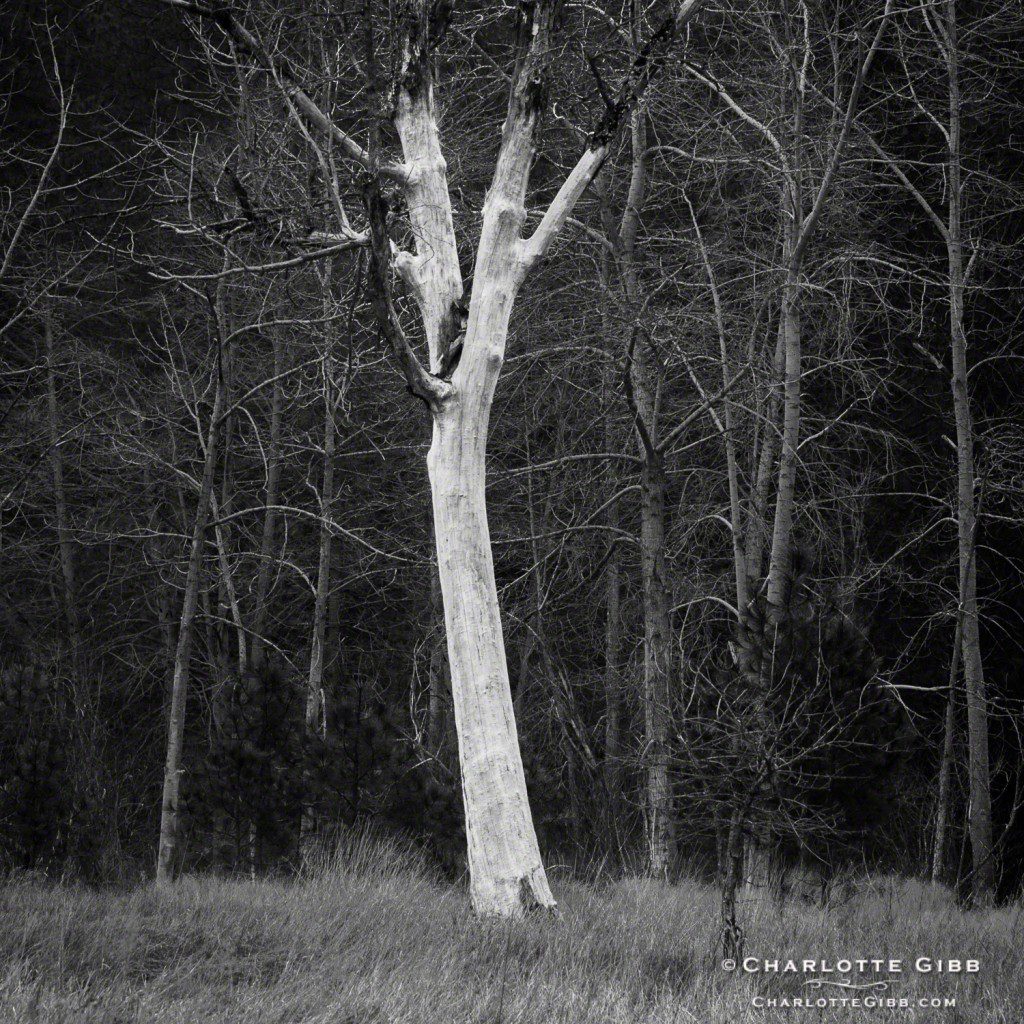
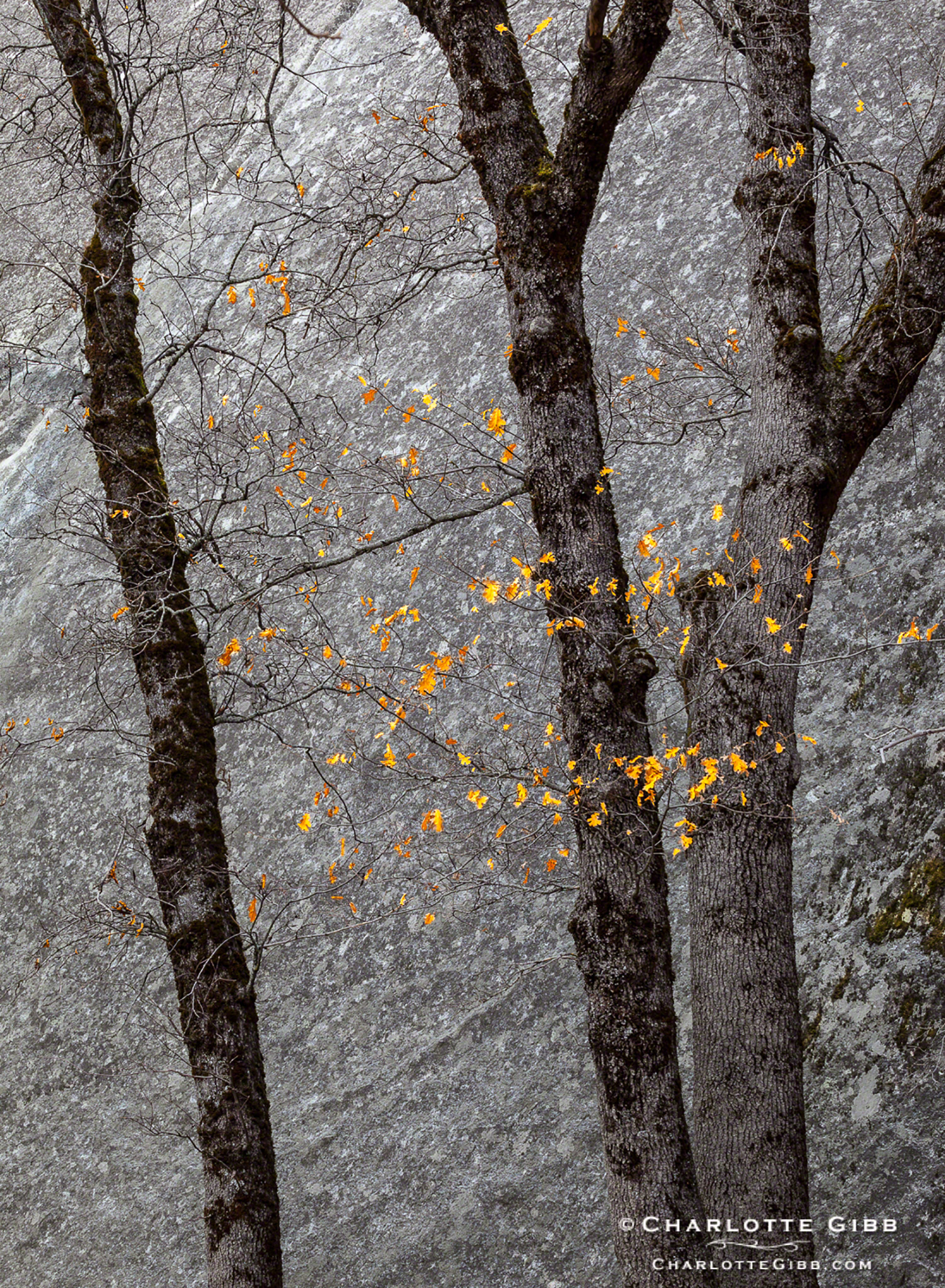
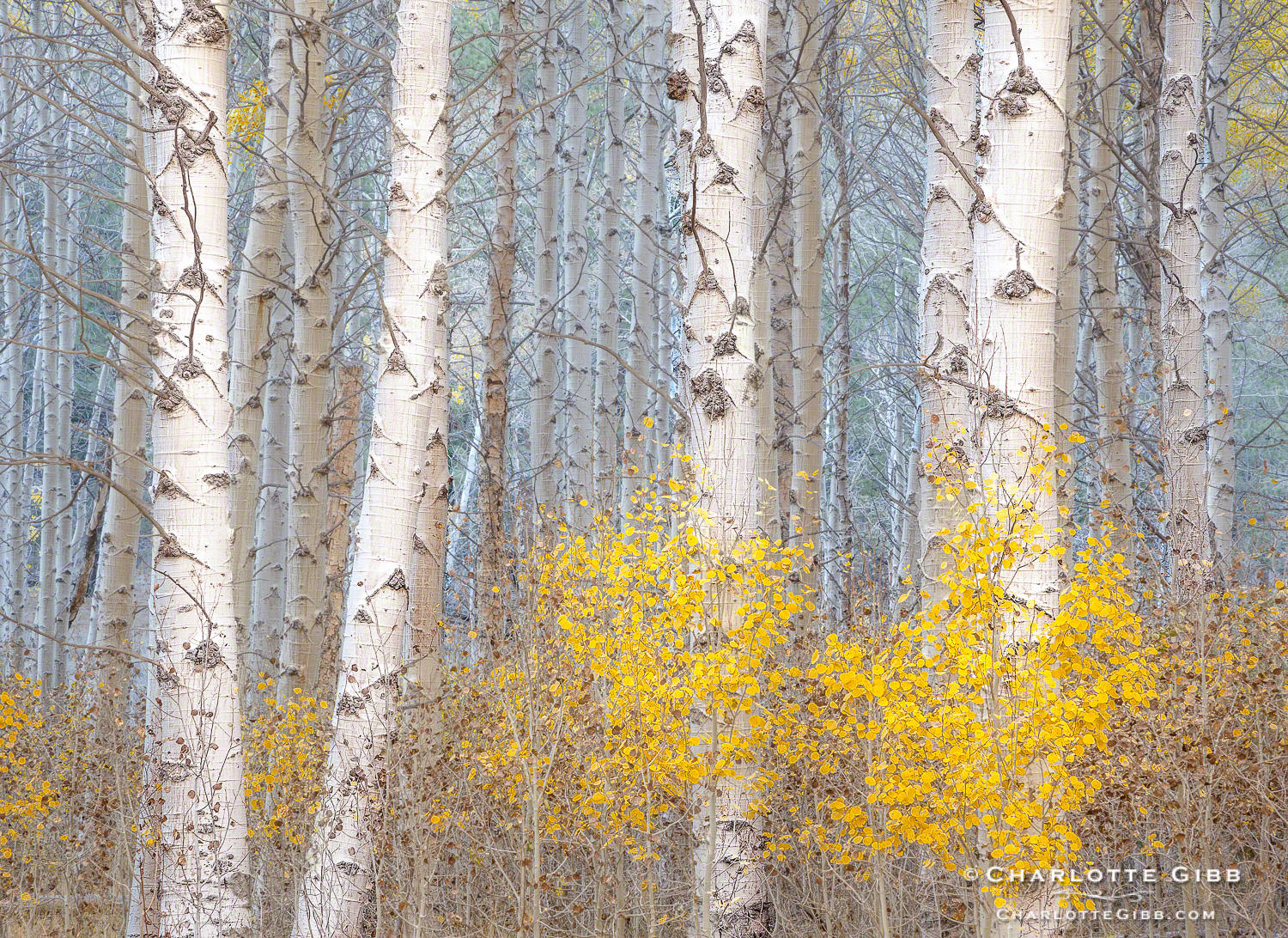
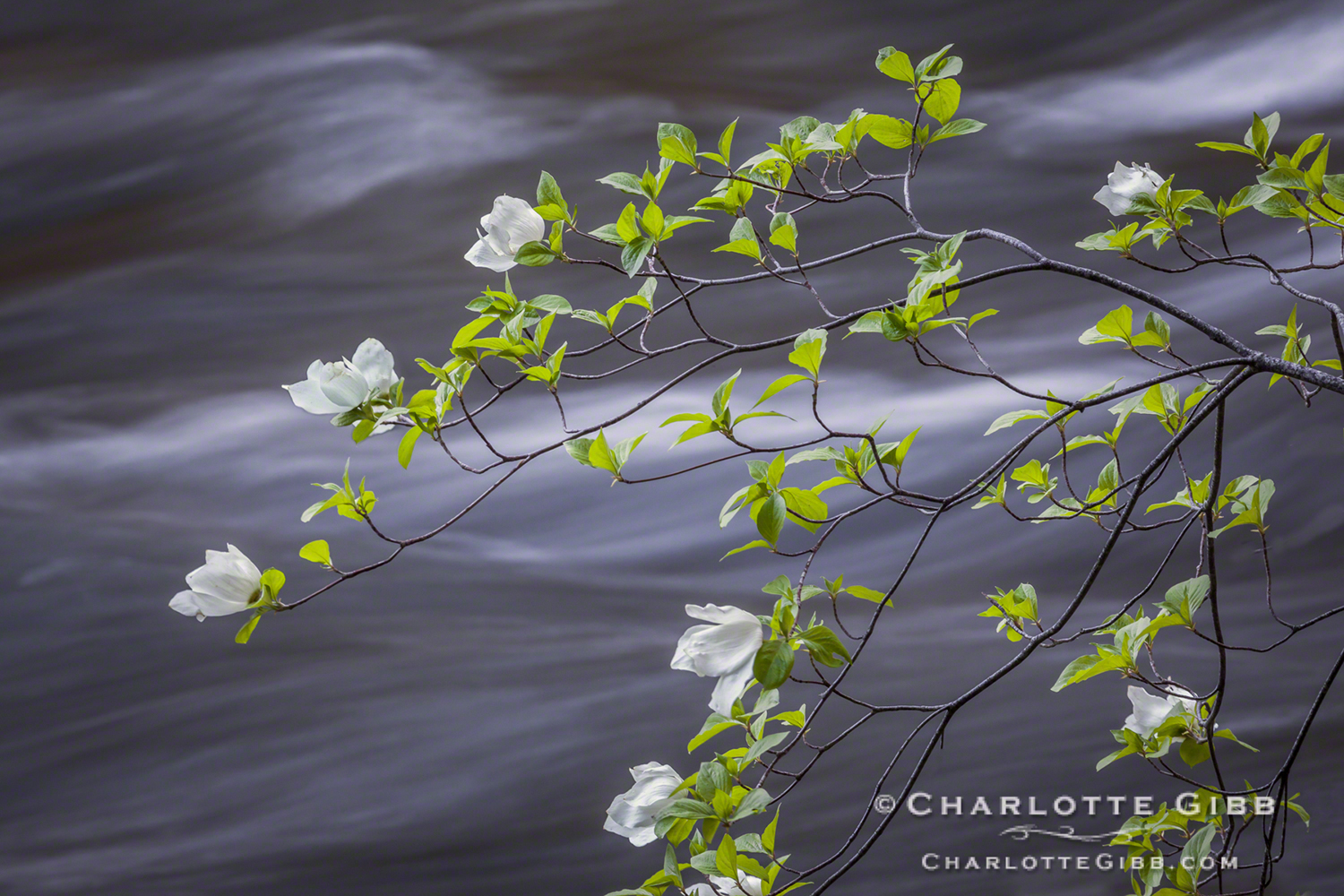
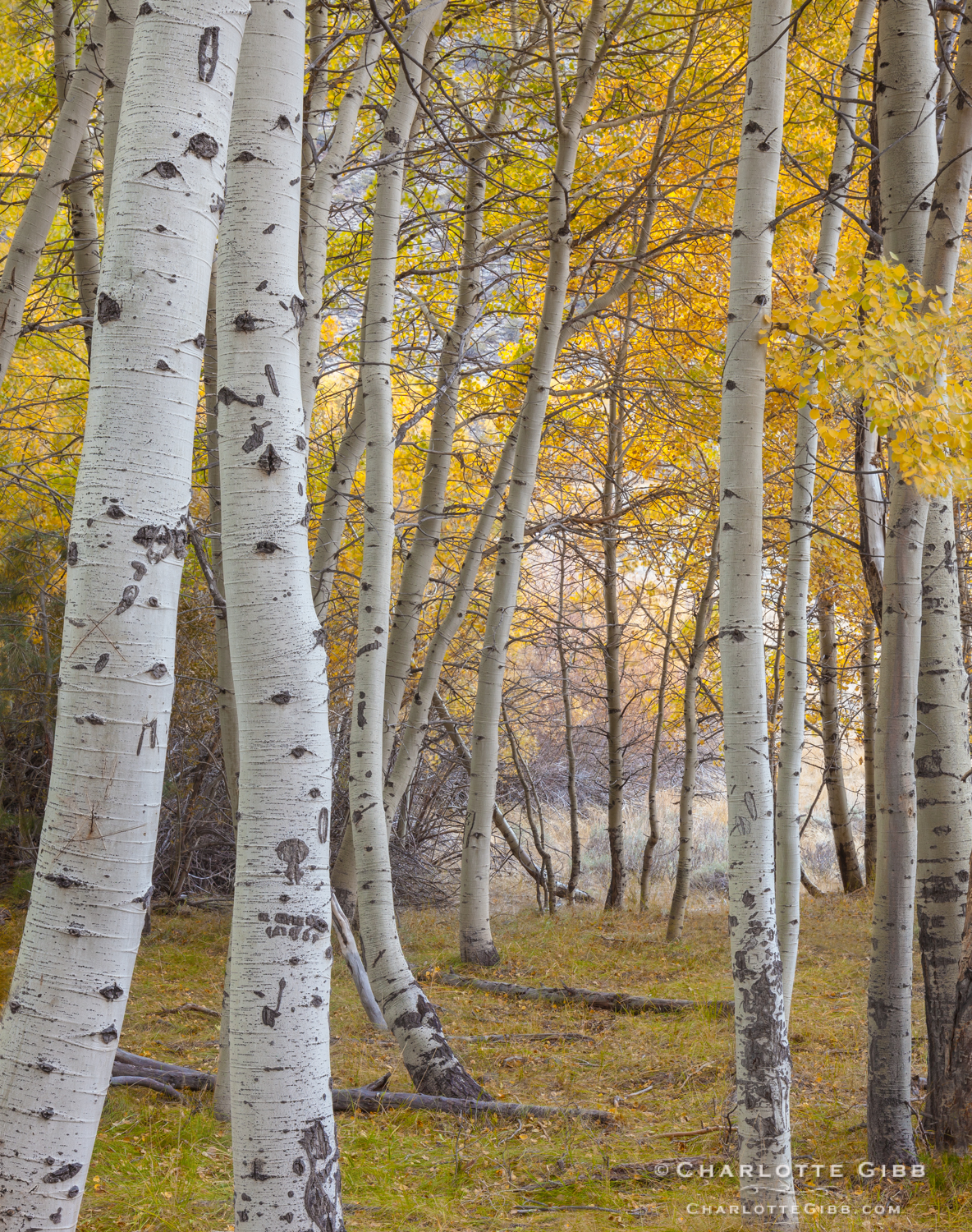
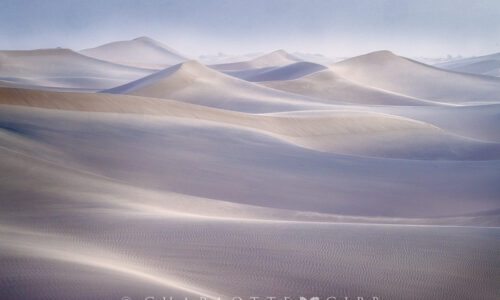
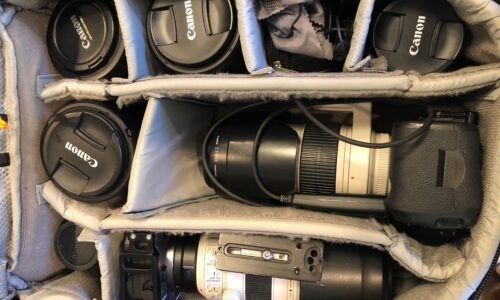

6 Comments
Melissa Wilk
Dear Ms. Charlotte,
As always, you do not miss one single detail. Your writing and photography abilities never cease to embrace every single moment with exquisite beauty and intelligence. With great appreciation and gratitude, I feel blessed to see your work.
Hugs my dear Lady,
Melissa
charlottegibb
As always, thank you, Melissa, for your kind words of encouragement! You never fail to brighten my day, gal!
Ace Batacan
Great photos. I don’t have a DSLR yet. Looking at your shots is making me think (even harder) about buying one…not that I can duplicate them. It’s talent and equipment. Right? :)) Thanks for sharing the photos, write-ups, and tips.
Ace Batacan
Great photos. I don’t have a DSLR yet. Looking at your shots is making me think (even harder) about buying one…not that I can duplicate them. It’s talent and equipment. Right? :)) Thanks for sharing the photos, write-ups, and tips.
Melissa Wilk
Dear Ms. Charlotte,
As always, you do not miss one single detail. Your writing and photography abilities never cease to embrace every single moment with exquisite beauty and intelligence. With great appreciation and gratitude, I feel blessed to see your work.
Hugs my dear Lady,
Melissa
charlottegibb
As always, thank you, Melissa, for your kind words of encouragement! You never fail to brighten my day, gal!